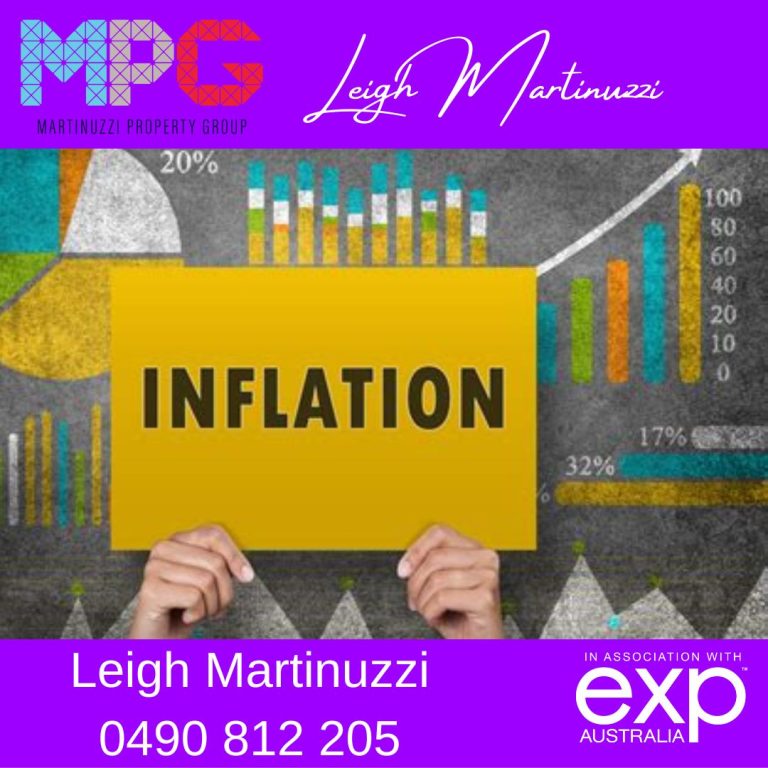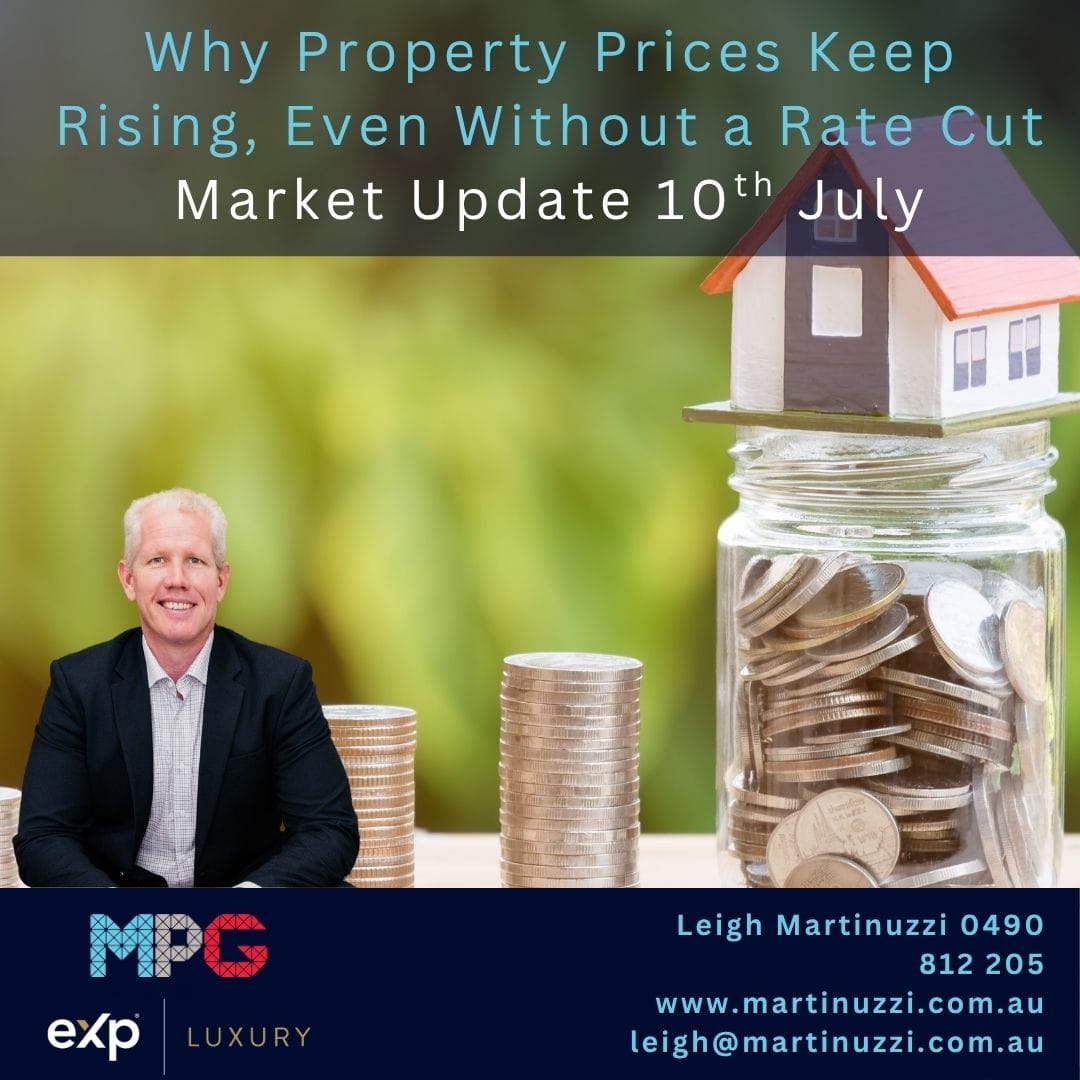Navigating the Australian Property Market: Inflation, Rate Rises, and Supply Shortages
Weekly Real Estate Market Update with Leigh Martinuzzi MPG
The Australian property market is undergoing significant changes and challenges, impacting both buyers and sellers. From inflation and rate rises to supply shortages, these dynamics are reshaping the real estate sector. In this article, we will explore the implications of these factors and examine specific data and trends from the Sunshine Coast and the township of Woombye.
The recent 12th cash rate increase may have a limited impact on curbing inflation. It is not low and middle-income earners’ reduced disposable income that is driving inflation, but rising costs. Some argue that revising the inflation target from 2-3% to a slightly higher range might be necessary. The upcoming RBA meeting in July is expected to see a pause in further rate rises.
As rates increase, buyer confidence may decline. Unemployment concerns might further destabilise the market, discouraging potential buyers from committing to purchases. Property owners who own their homes outright but cannot find suitable replacements are likely to delay selling, leading to a tightening market. Talk of distressed sales towards the end of the year has emerged, particularly if rates rise further. ANZ predicts a cash rate peak of 4.35%, but they also anticipate the RBA to slow down further rate increases, potentially easing back 1% by mid-2024.
The current shortage of properties for sale may shift if property price growth continues. Sellers could gain confidence, resulting in more homes entering the market. Various scenarios could unfold, and it is important for buyers and sellers to consider how these developments may affect their plans.
Rising rate prices have significantly impacted mortgage holders’ affordability. According to a report by realestate.com.au (REA), the average home loan has increased by 35% in the past year, leaving mortgage holders with reduced disposable income. Average mortgage repayments now account for 44.9% of a households income, the highest since 2008.
Despite challenges, buyer demand remains robust across Australia, including the Sunshine Coast. In May 2023, there was a 7% increase in buyers compared to the previous year. With prices showing consistent and moderate growth, buyers may fear missing out if prices rise further. House and apartment prices are projected to rise by 3% to 5% in 2024 and 2025.
The rental market has experienced significant changes, with rental fees increasing by 9.9% over the past year. Although growth rates have slowed, particularly in regional areas, rental rates continue to rise.
According to Phil Anderson’s property market cycle theory, there are still a few years of growth ahead in the real estate sector. The downturn may not occur until after 2026, possibly lagging the United States.

The Sunshine Coast has witnessed a record-low supply of property listings. Over time, the number of houses and units available for sale has gradually declined. The chart below tracks total property listings on the Sunshine Coast from 2010. You can see availability has fallen from 12500 properties at it’s peak to around 6300 currently. That’s a 50% decline and buyer demand has certainly increased since 2010. This scarcity has led to a significant increase in median house prices, rising from $610,000 in March 2020 to $970,000 currently. With limited supply, sellers still hold some advantage in negotiations. And while properties are sitting for sale for longer, they are not at concerning levels.

The township of Woombye, derived from the Kabi word “Wambai” meaning black myrtle tree, has a median house price of $800,000, experiencing a slight decline of -2.3% over the past year. I expect this will improve from here. Rental prices average $650 per week. Despite this, there is a considerable demand for housing, with an average of 2,310 prospective buyers actively seeking properties (figure by REA). Currently, there are 32 houses available for purchase, but this number may be slightly lower. Over the past year, 51 house sales were recorded, with the current average time on the market of 36 days.
The Australian property market is in a transformative phase, driven by inflation, rate rises, supply shortages, and changing buyer sentiments. While challenges exist, such as reduced affordability for mortgage holders and rental market growth, strong buyer demand persists. Understanding the market dynamics, projected price increases, and local trends, such as those observed in Woombye, can help individuals make informed decisions in this evolving real estate landscape.
AUCTION CLEARANCE RATES
- Queensland – 48% (195/1163)
- NSW – 64% (596/1487)
- Victoria – 65% (337/1209)
- ACT – 63% (40/119)
- South Australia – 66% (70/317)
- Tasmania – NA (0/169)
- Western Australia – 31% (13/645)
- Northern Territory – 33% (3/28)
*(Auctions/Private Sales)
REVIEW(S) OF THE WEEK
I would always recommend Leigh and his team
Leigh streamlined the experience of selling my home. always professional, yet easy to communicate with and understanding of my particular needs. Leigh is well organised, never late and I felt that I could trust the information he shared about prospective buyers and the market in general . Overall a successful team effort. Thank you Leigh – Seller





